Dr. Mahesh Sharma, Hon'ble Minister of Culture and Tourism, and His Highness the Aga Khan during the foundation stone laying ceremony on 7-April 2015

The need for a Site Museum was first expressed in 2010 by the Archaeological Survey of India. Planning studies commenced to determine the most appropriate site to serve visitor needs as well as enhance interest in the Nizamuddin area – without disfiguring the historic character of the area or damaging any underlying archaeology and mature trees.
The entrance zone was considered most appropriate as this would enable the Museum to serve as a bridge between the (presently) segregated sites of Humayun’s Tomb, Sunder Nursery and the Hazrat Nizamuddin Basti. Ground-penetrating radar surveys confirmed the results of the archival research that showed that no archaeological remains existed on the site. Aga Khan Trust for Culture (AKTC) commissioned a heritage impact assessment on the design prior to seeking planning approvals.
Construction for the Humayun’s Tomb Museum began in April 2015.
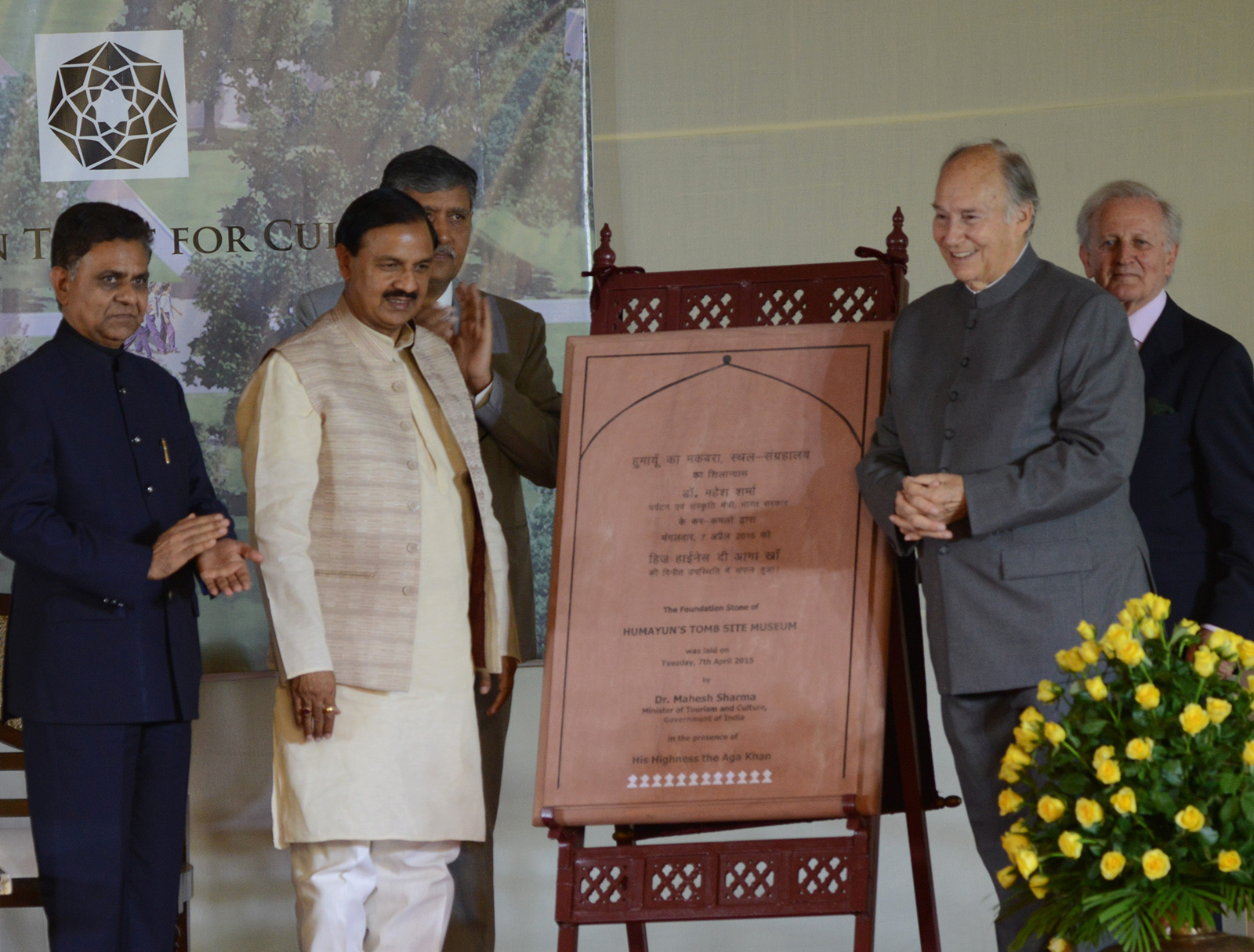
Dr. Mahesh Sharma, Hon'ble Minister of Culture and Tourism, and His Highness the Aga Khan during the foundation stone laying ceremony on 7-April 2015
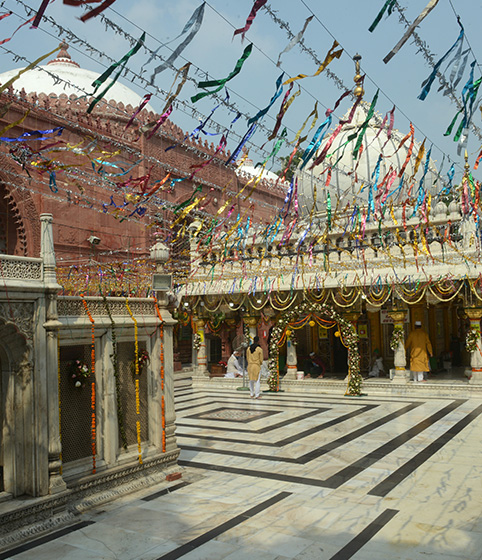
Dargah of Hazrat Nizamuddin Auliya has been the reason for the area becoming a sacred landscape since the 14th century
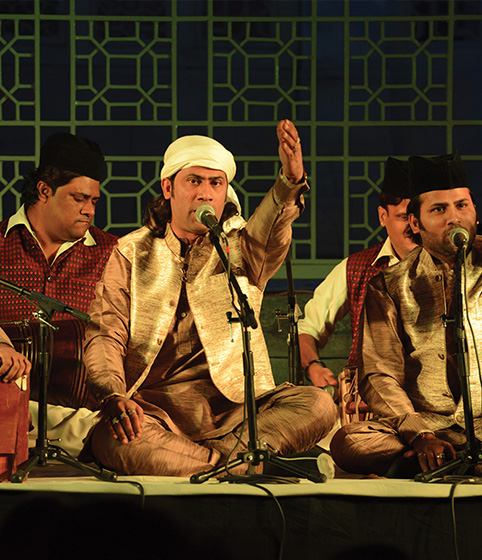
Showcasing the rich intangible heritage of 500 years of Nizamuddin still prevalent in the form of Khusrau’s qawwali, Rahim’s Dohes, and Nizamuddin Auliya’s messages of pluralism
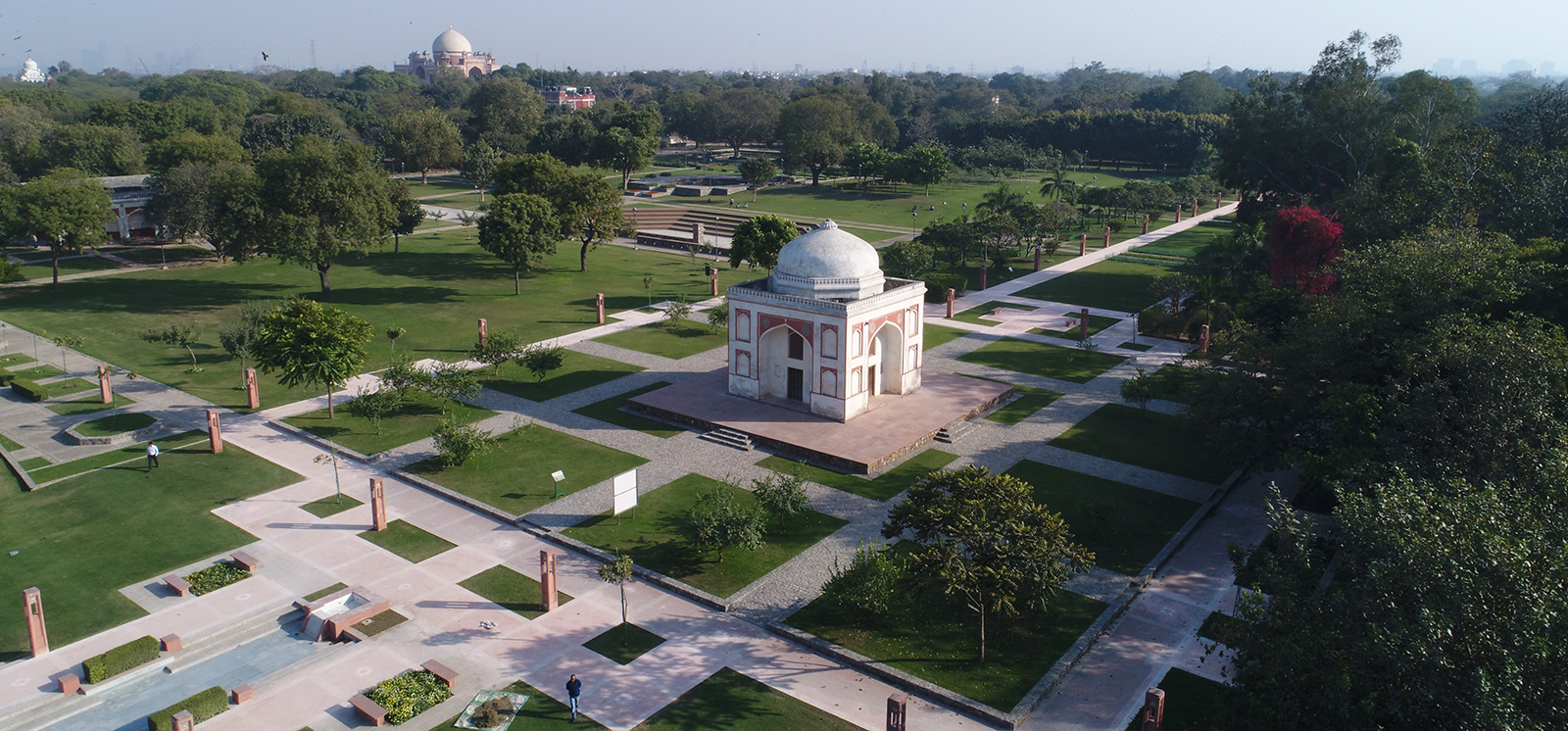
Spread across 90 acres, the park is an ecological paradise with several gardens, wilderness zones, microhabitats amongst others.
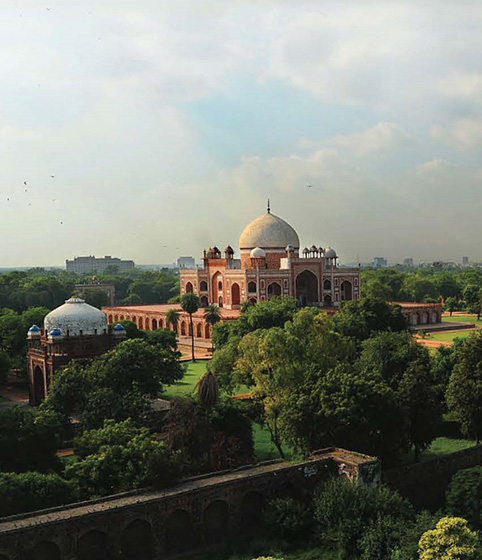
With 14 monuements included in it, the site offers a rare glimpse into the architecture of the first Mughal mausoleum of the Indian sub-continent
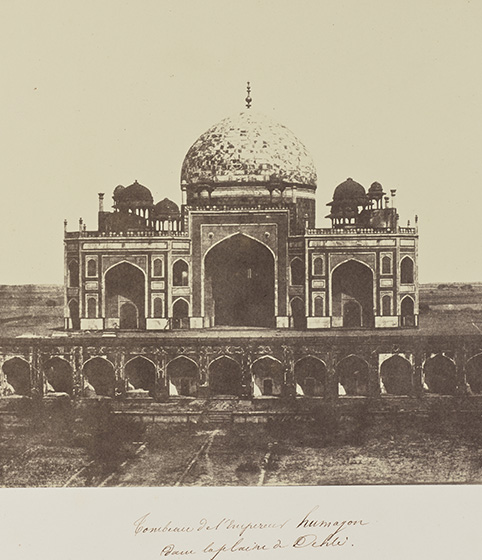
Showing the evolution, and changes which the sites in Nizamuddin Area have undergone over the past 700 years
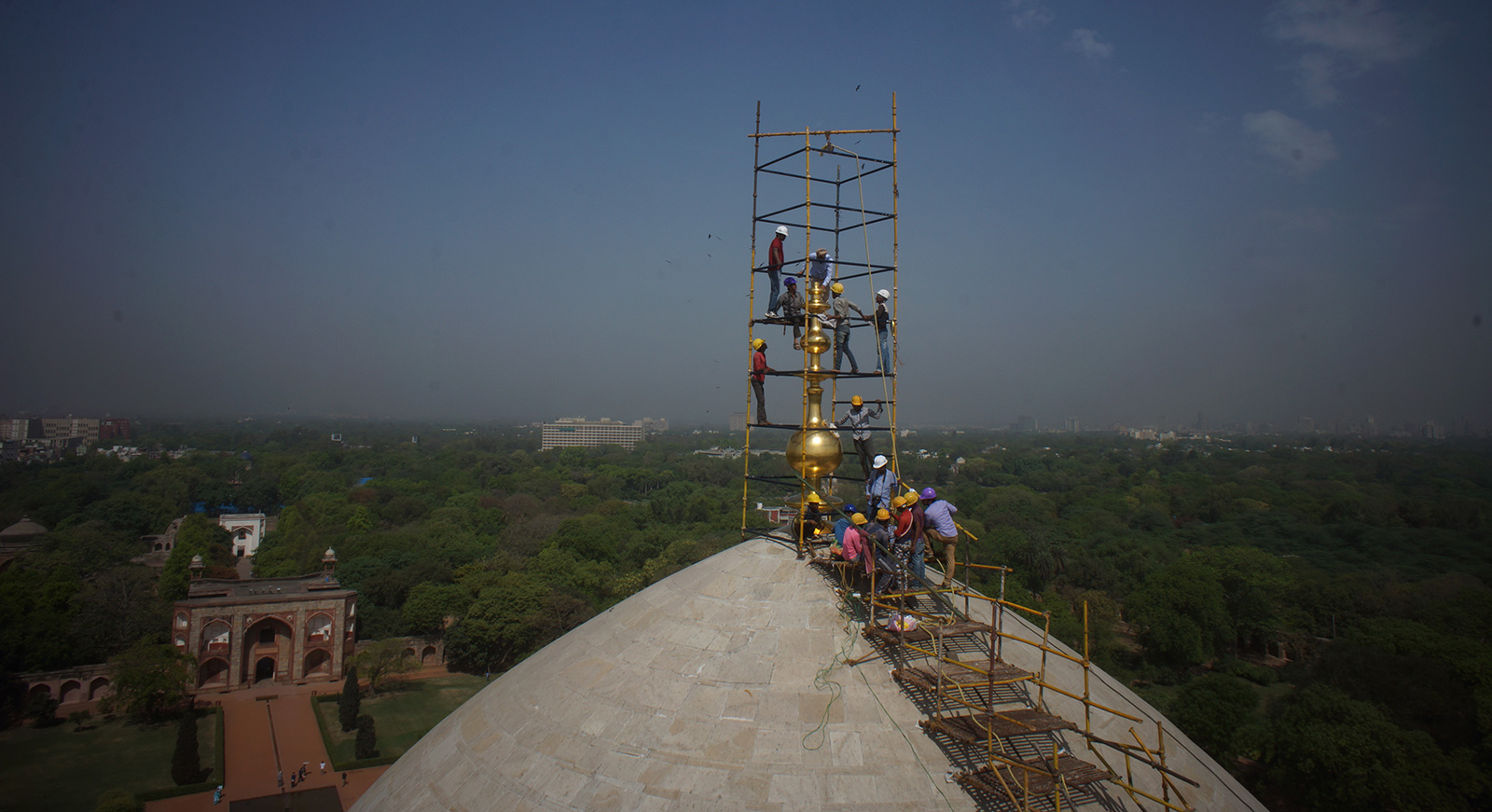
With the Mughal details uncovered, conserved, restored, the 16th century grandeur has been once again revealed
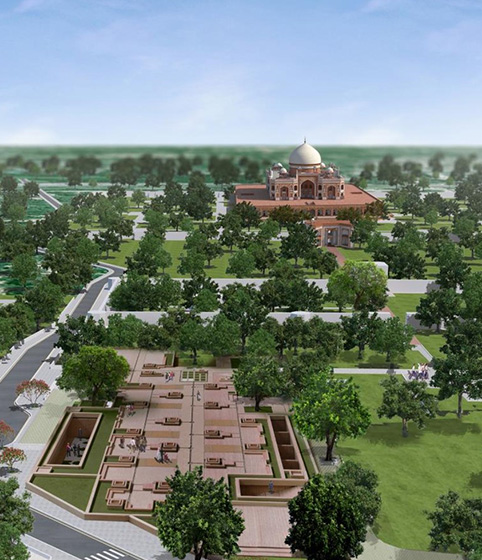
Bringing together the Nizamuddin area and showcasing its rich tangible and intangible heritage of 700 years